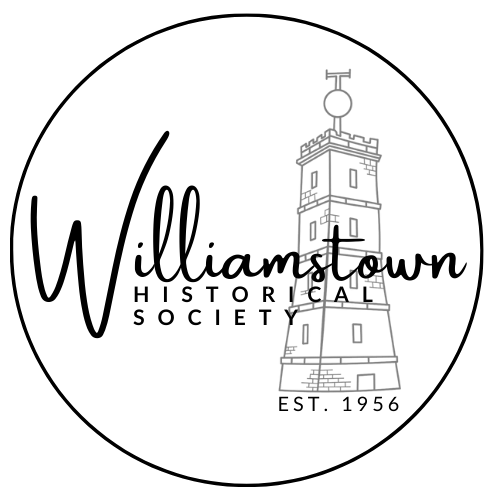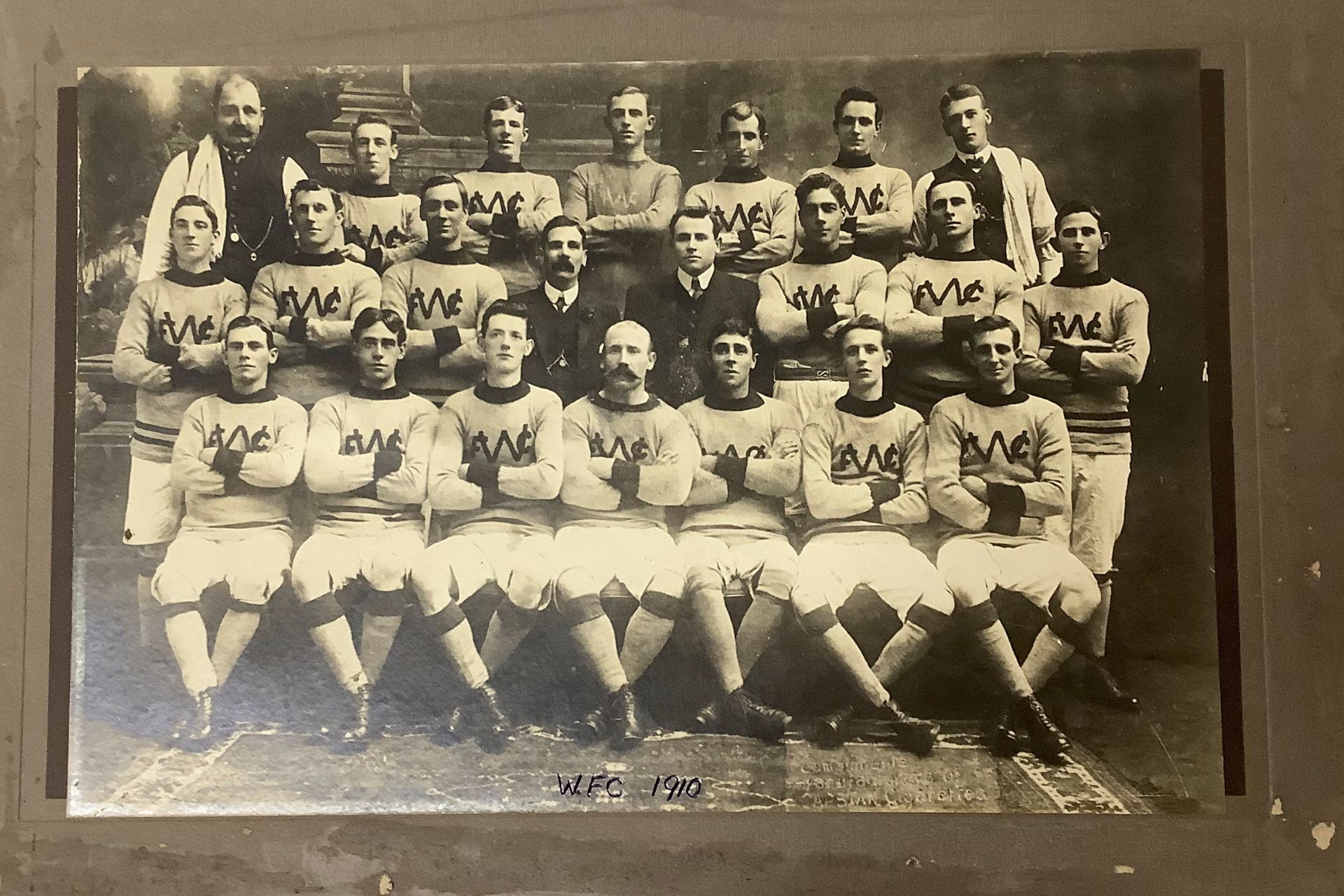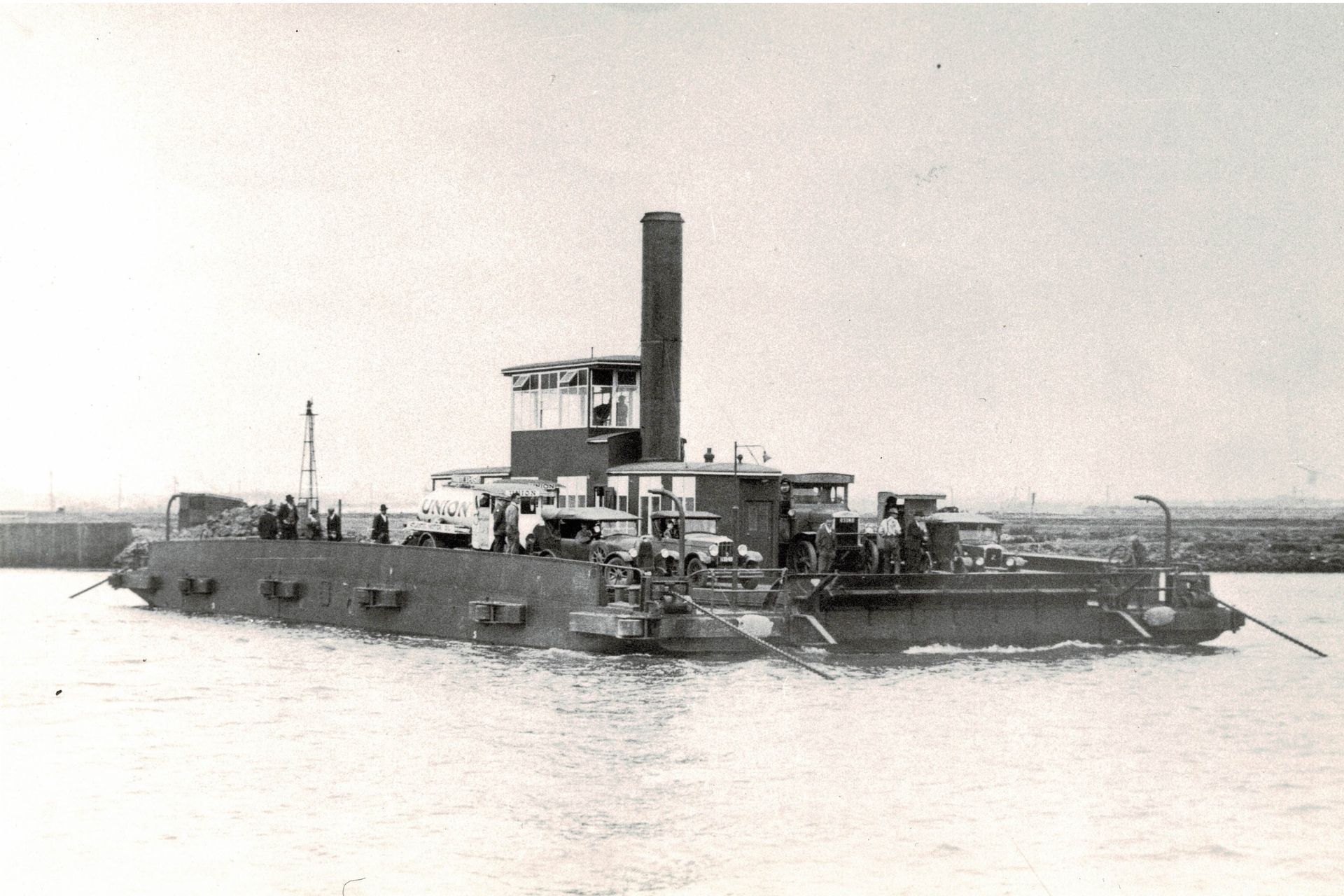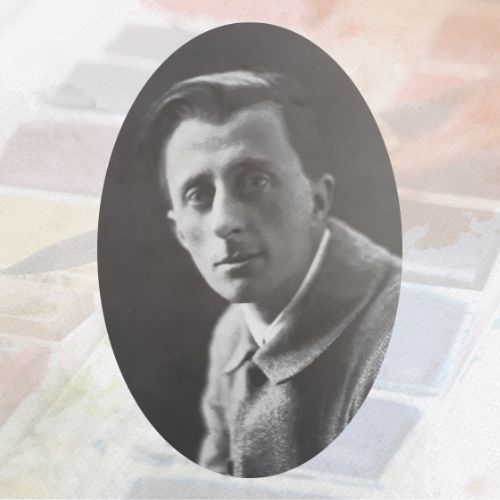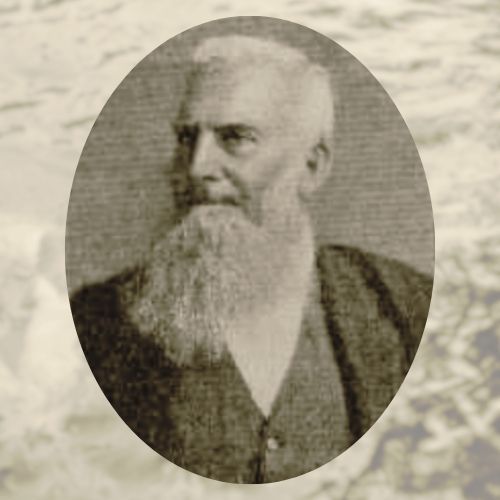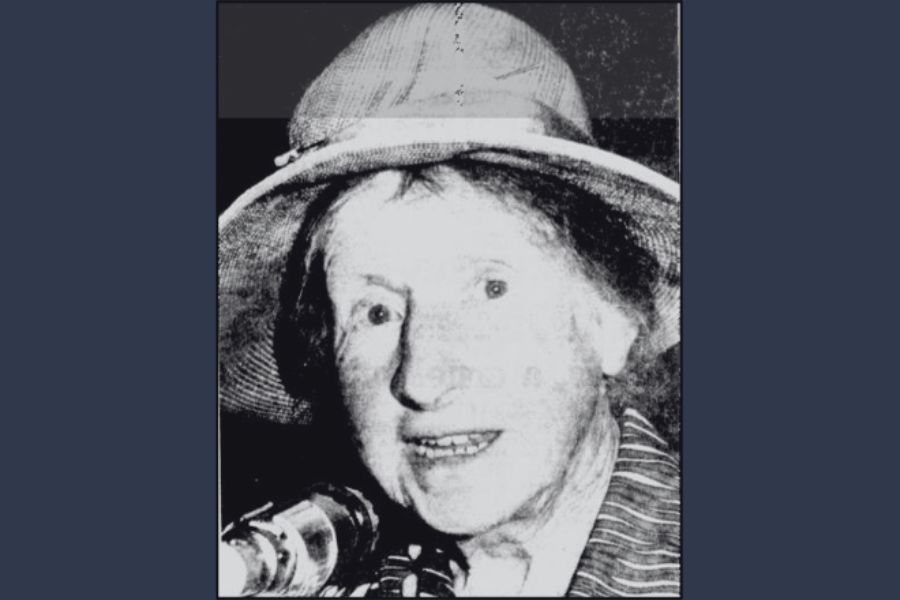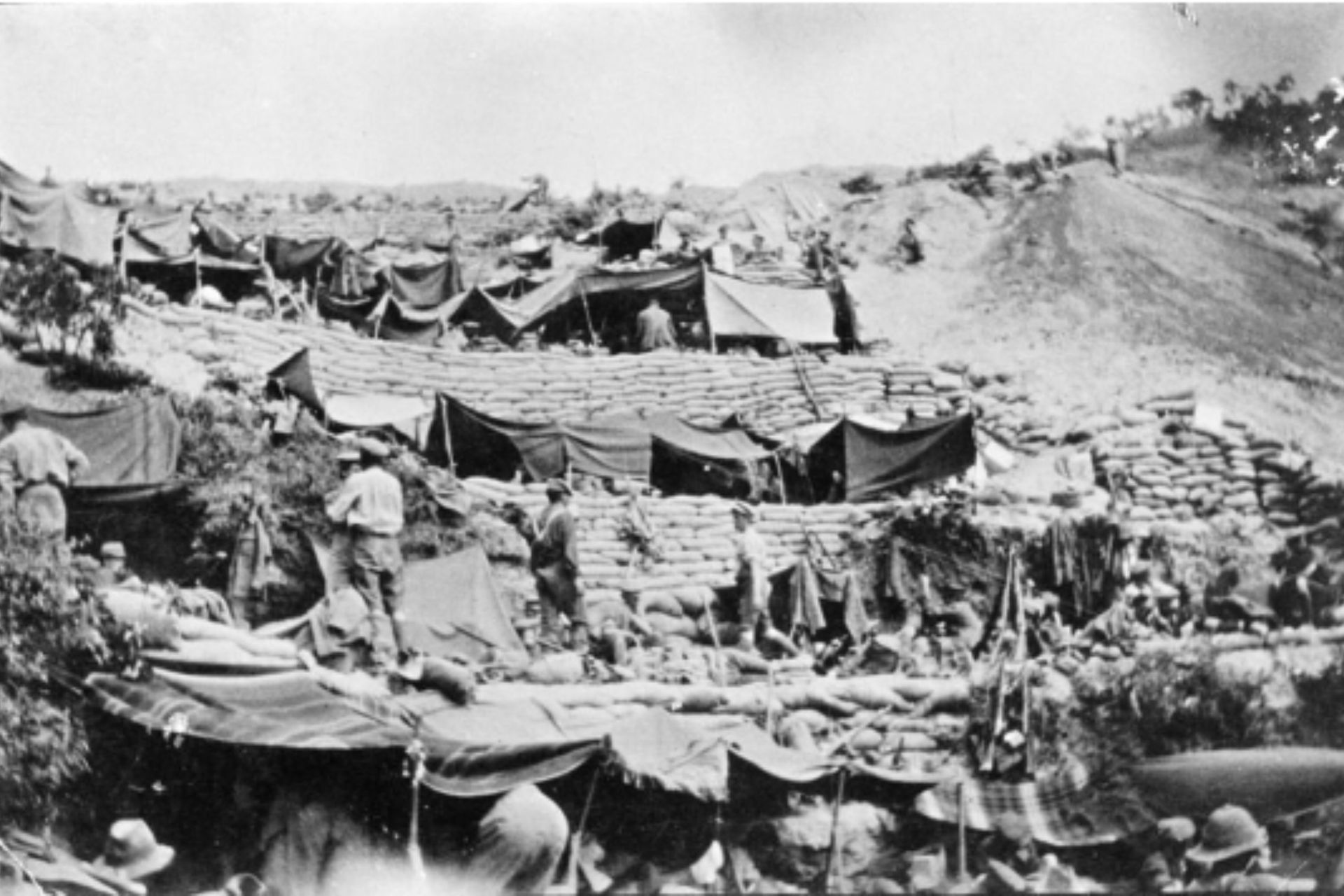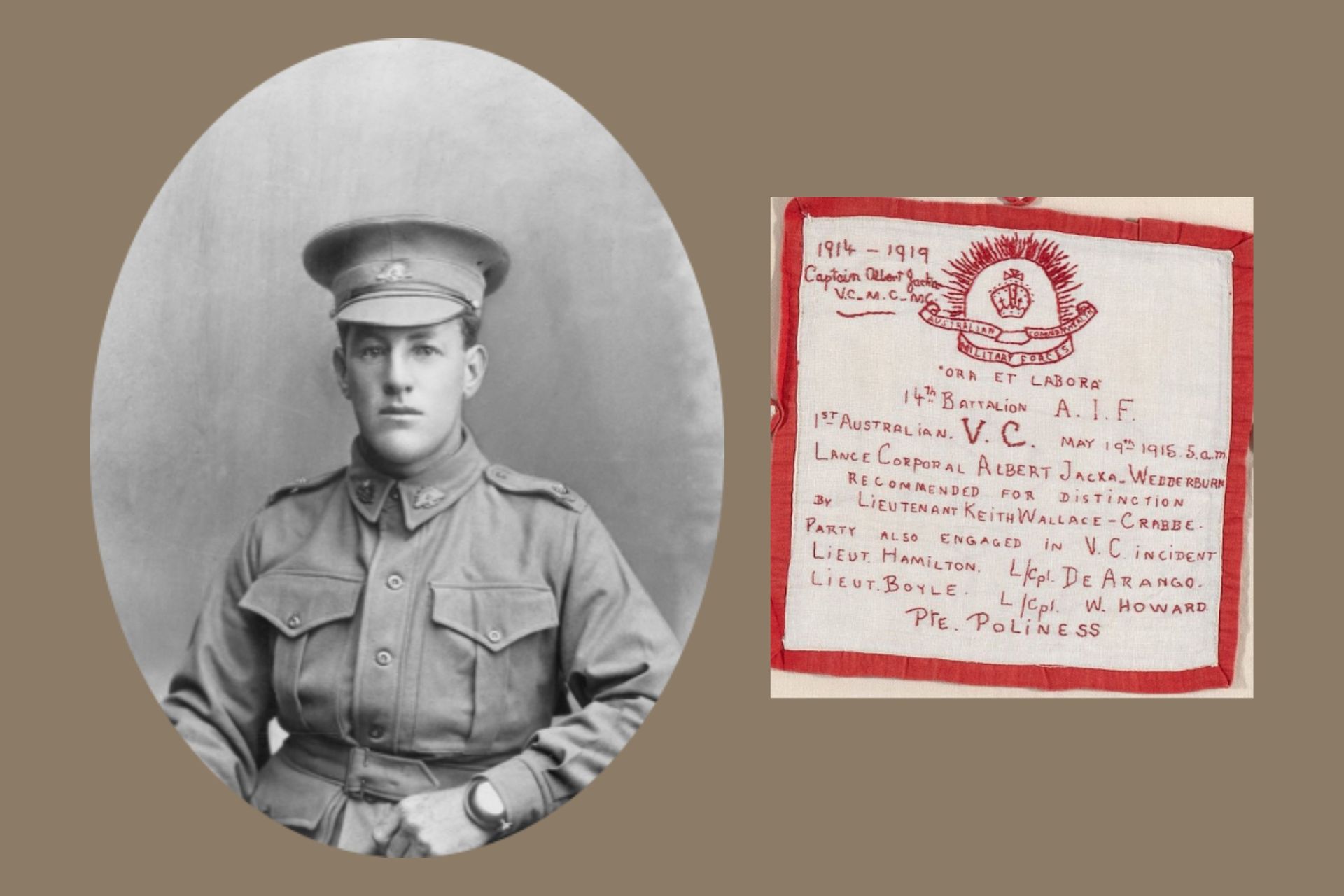Where is the museum???
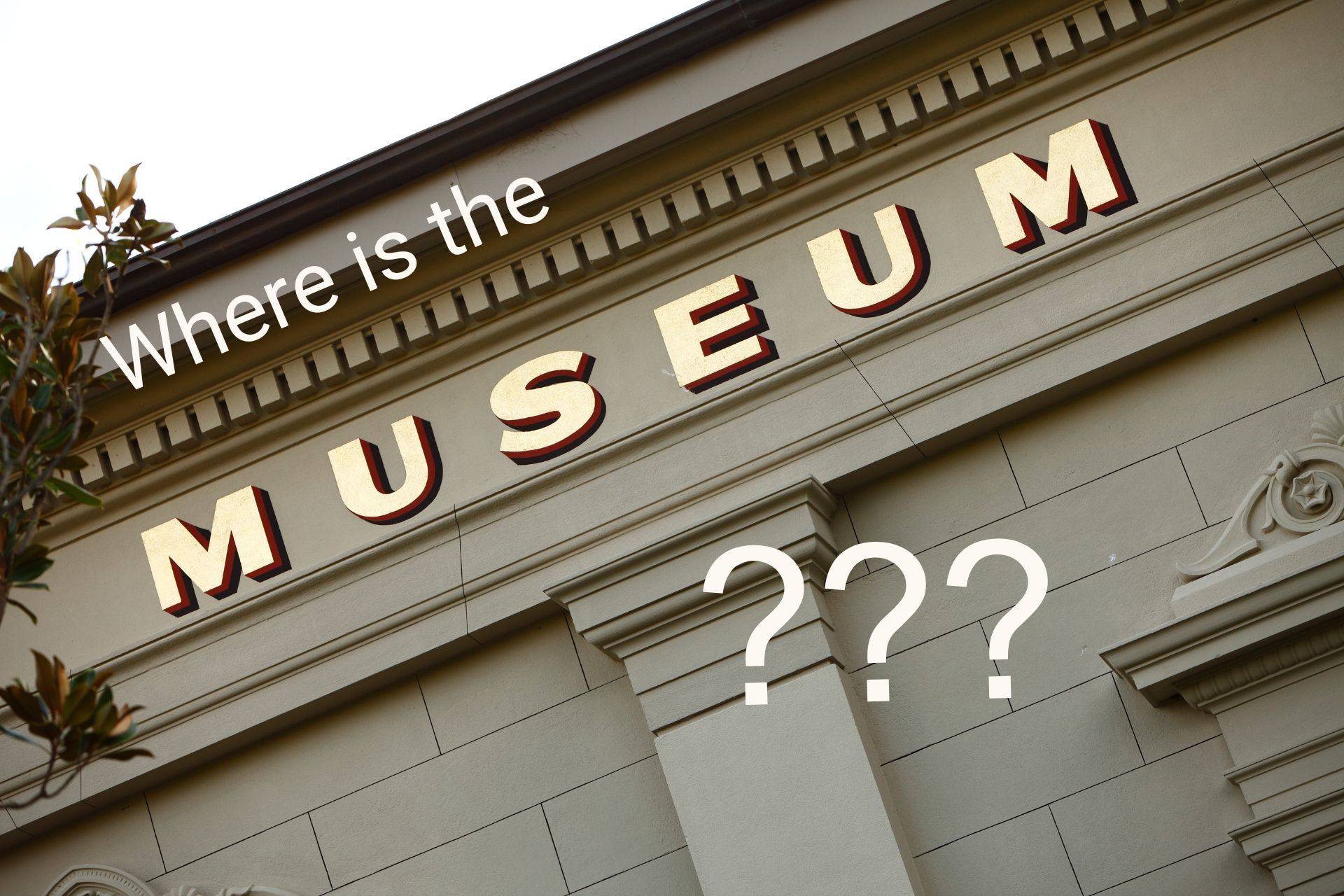
Back in 1945, the same question was asked - Where is the museum?
Article originally published in The Williamstown Chronicle, Friday 8th June 1945
Williamstown, as we are often reminded, is an old town, old, that is, in the Australian sense, since it goes back 110 years, and consequently tourists from other States, particularly those who have read something of local history, invariably ask: “Where is the Williamstown Museum?”
The only possible reply at present is that while we have the exhibits, we have no communal home for them; they are kept in the private homes of the descendants, mainly of the old families, and may be inspected only by the favour of the owners.
It is true that just recently we had an exhibition of curios and antiques for the first time, and then only because of a happy inspiration of a committee representing St. Andrew’s Presbyterian Church. The resultant display disclosed a wealth that had not been anticipated, but in the natural course of things, the exhibition is not likely to be repeated for some years.
Visitors point out that both Ballarat and Bendigo have interesting displays in museums and they suggest that Williamstown with its greater resources should be able to better. Were a suitable building provided, many owners, they say, might be induced to lend their treasures for exhibition if they could be assured of safekeeping. Many of these things will be scattered and the opportunity of concentrating them in the city where they belong will be lost.
The matter of establishing a local museum has often been discussed, hitherto without result; but with the new and growing pride which the old families have in their city, some steps should be taken to translate the discussion into action.
Thanks to the courtesy of Miss Mumford, hon. secretary of the recent exhibition held at St. Andrew’s schoolroom, we are enabled to give some slight idea of the material available for museum purposes. The exhibitors were many, and although all exhibits were not antiques in the accepted sense of the word, all articles exhibited were of interest.
Mrs. Dann’s contribution was a pair of fancy socks knitted in the Shetland Islands over 40 years ago; Mrs. T. Law entered hand embroidery over 100 years old; Mrs. Brierley, a cup and saucer about 125 years old; Miss Q. Clark, a watch, a ring with woven human hair and a toddy cup, all over 200 years; very old christening robes were exhibited by Mrs. Black and Mrs. Fyfe; Mrs. A. MacLeod, a hand-knitted quilt made by her grandmother and finished at 90 years of age, also a Gaelic bible about 100 years old. Antique decanter, silver necklace and locket (200 years), spoons and sugar tongs (100 years), China coffee pot (200 years), Maltese hanks and covers, Scotch brooch, Turkish cigarette holder, silver spoon from Coney Island, America, hand-worked samplers, hand-made model of ship, Cairngorm brooch and old silver brooch (over 100 years), ivory fan, patchwork quilt, large glass pipe, very old china basket, cup and saucer, replica of service made for H.M. the Queen, silver cream jug (100 years), 80 years old fish servers, child’s knife and spoon (50 years), Italian jug, many antique brooches, and very many beautiful jugs of all sizes and descriptions, rattail silver salad spoons (70 years), pewter coffee pot, bedspread from Las Palmas, Canary Islands, necklaces made from berries from Thursday Island, the smallest mouth organ, smallest dictionary in the world, smallest pocket knife, carved ring out of meat bone, Scotch doll over 50 years old, lantern from the H.M.V.S. Nelson, also photo of dismantling of Nelson, the frame of which was made from part of the ship’s wood; pair of wedgwood candlesticks, wedgewood casserole; many beautiful Paisley shawls; Indian dirk (over 100 years old); Chinese carved photo frames, hand-made Venetian necklace, several snuff mulls, picture made from used stamps, fire shield dated 1807; several very beautiful Chinese vases, one late Ming; Chinese shawl, presented by early settlers to Miss Robinson, afterwards Mrs. Robert Fleming.
Brussels lace cap, pair Dutch Sunday shoes; candle snuffers (200 years), English church service, velvet bound, gilt fastening printed 1843; case of Chinese spoons; Scotch pebble brooch (140 years); umbrella brought from Scotland over 100 years, hand worked; hand-painted English china ornaments (120 years); Chinese cup and saucer; a kettle made from a penny dated 1910; a snuff box (200 years); candlestick (150 years); hand-worked sampler worked about the year 1790; hand-painted plate, Welsh salt cellar (100 years); beaten silver jug (1765); silver tankard and Scotch thistle crewet; huckaback towel, dated 1822; Japanese princess doll, dressed according to caste; China teaset with Portsmouth crest; Venetian glass wine decanters; two powder horns; tray depicting Burns’ Cotter’s Saturday Night; model of ship , s.s. Patenna; acrobatic sandman; clock set on onyx gem (100 years); ornament cut out of soapstone (very old); cardbox made from porcupine quills; elephant’s tooth; Swiss pipe (150 years); doll with three faces (a very popular exhibit); very old carved solid silver belt from India; hand-carved bog oak from Blarney Castle, Ireland; ball from Nauru woven by natives; book of pressed flowers from Palestine.
Trinity House pilot’s certificate issued to Thomas Harrow, April 1799; telescope used by Thos. Harrow, pilot to Lord Nelson’s ship during bombardment of Copenhagen, 1801; old Dutch clock, at least 150 years; two modern Jap. bank notes; fire screen (100 years); cape and parasol used 100 years ago; brass hot water kettle and stand; table cover, hand sewn (100 years), flute (100 years), workbox, cake dish, silver tea and coffee service (all 100 years); Ghurkha knife; lace scarf made of coconut fibre (100 years); antique clock (150 years); tinfoil pictures done by Chinese girl; tie ring carved from mutton bone by convicts when building back beach wall.
Photo of old Williamstown; gun (100 years); old clock, lent by Mr. R. Tyler; cup and saucer (300 years), made before handles were put on; cup and saucer (200 years); silver sugar basin (150 years); crystal celery jar (100 years); plate (over 100 years); lady’s apron (200 years); table napkin, 1821, part of trousseau of Marquis of Camden’s daughter; hand-woven sheet (100 years); Japanese doll; Japanese shuttlecock bat; Javanese jar; Javanese hand-carved vase; German candlestick; old Government Gazette; old spinning wheel; Chinese tea caddy; two tuning forks; cloak worn by Buddhist priest, design showing Chinese dragon with Japan symbolised as the Sun in its clutches; cameo brooch “Isaac and Rebekah”; hand-made lamp, sherry set and three vases; Maori doll dressed by Maori woman; incense burner; silver candlesticks; lace, part of Marquis of Camden’s collection; teapot, 1837, commemorating Queen Victoria’s ascending to the throne.
Ancient snuffer, bootjack, bouquet holder, travelling lamps; brass Indian toy “Dancing Devil”; 75 years old sugar basin; collection of Maltese lace; book views and flowers of Holy Land; piece of first bomb to fall in Darwin; brass kettle (100 years); silver teapot (100 years); tea towel made at time of Queen Victoria’s jubilee; collection of pottery made by Mrs. Oakley; native hair combs from Queensland; car bean from Cape York; picaninny carrying basket; large silver butter dish; chain carved from one piece of wood; native weapons, food bowls and feathers (exhibited by Lieut.-Col S. F. B. MacAdie, D.S.O.); English lace (100 years); Argus, Daily Mail and documents dated 1516 and 1519. An exhibit of sculpture was shown by Mrs. Matthews. Capt. Watson loaned a number of historic photos and pictures, and Mr. J. L. Gray entered a very old lithograph of Newport.
Among those who exhibited were Mrs. McInnes, Mrs. Percy Watson, Mrs. Daws, Mr. Blackburn, Mr. J. W. Ince, Mrs. Grant, Mrs. Phillips, Mrs. P. Bird, Mrs. F. Green, Mrs. L. Gurry, Mrs. E. Perrier, Dr. Gurry, Mr. and Mrs. J. D. McArthur, Mr. and Mrs. D. Cameron, Miss Breaks, Mrs. Coutts, Mrs. Mickle, Mrs. Colvin, Mrs. Hansen, Mr. J. Faichney, Mrs. D. H. Macleod, Misses Russell, Miss Paterson, Mrs. Bennett, Miss Strom, Mrs. Hughes, Miss Thiessen, Mrs. Rose and Miss Sharpe, Mrs. Willis, Mrs. Marr, Miss Nell Nicoll, Miss Miller, Misses E. and P. Hall, Mrs. V. Gladstones, Mrs. Simpson, Miss McGregor, Miss Lane, Mrs. R. Crow, Miss H. Davis, Miss Pittard, Mrs. L. Baglin, Miss Torry, Mrs. D. Stewart, Miss Aitken, Mrs. J. W. Free, Mrs. Eggleston, Mrs. A. Myles, Harrow Morgan, Capt. And Mrs. Thomsett, Mrs. W. G. Gray, Mrs. Duffy, Mrs. F. Davies, Mrs. Barbour, Mrs. H. Homewood, Mrs. Hibbert, Mr. J. Law, Mrs. Ricketts, Mr. R. Tyler, Mrs. H. G. Trace, Mrs. McKinlay, Miss Glendinning, Mrs. J. L. Gray, Miss Betty Philip, Mrs. W. S. Philip, Mr. and Mrs. Gladstones, Miss Mary Philip, Mrs. Neil Morrison, Miss Pat. Phillips, Miss Marie Bird, Miss Ann Simons, Mrs. T. Duncan, Mrs, J, Day, Mrs. A. H. Paton, Miss Betty Mouchemore, Mrs. Mouchemore, Mrs. C. Davis, Mrs. Aitken (Glen Iris), Mrs. L. Garnsworthy, Mr. Turner, Misses Paxton, Miss Mumford, Miss Young, Newport Red Cross Auxiliary; Mr. Geo. Jones lent a photo. of the early Victorian Navy.
Transcribed for Williamstown Historical Society by Maureen Gibbs, 2019
